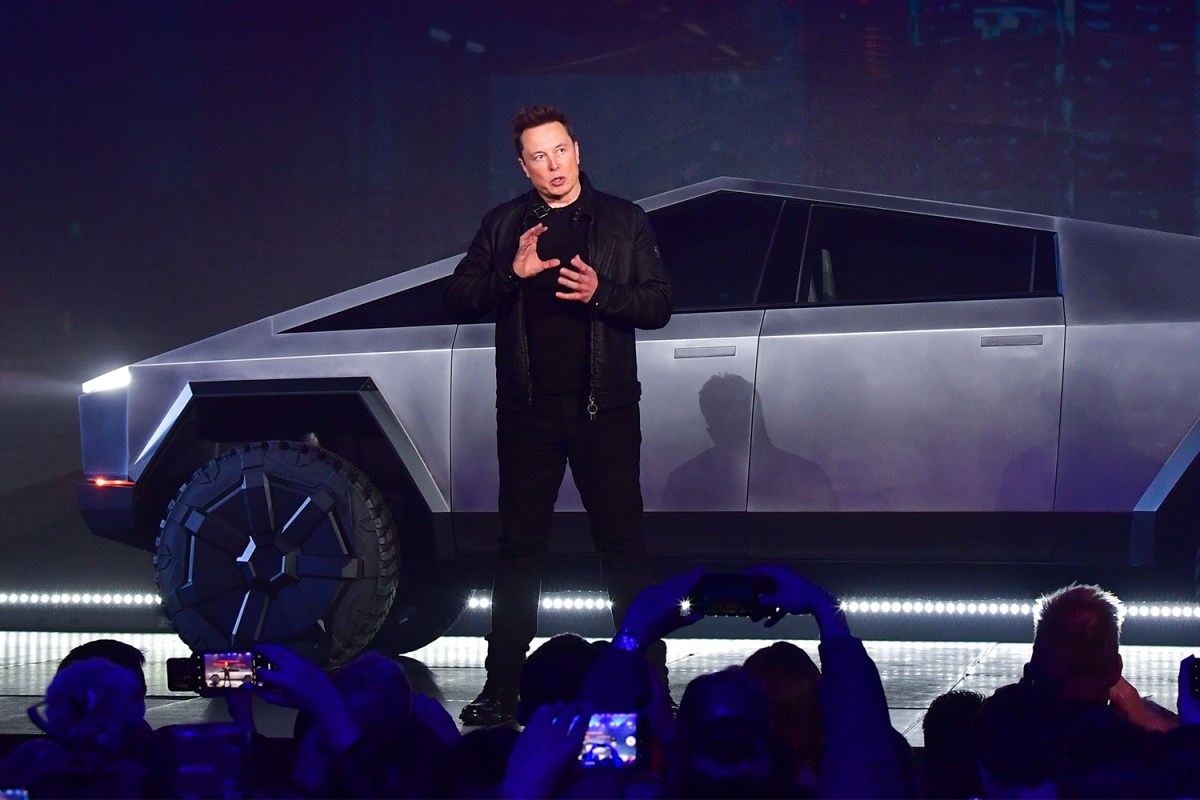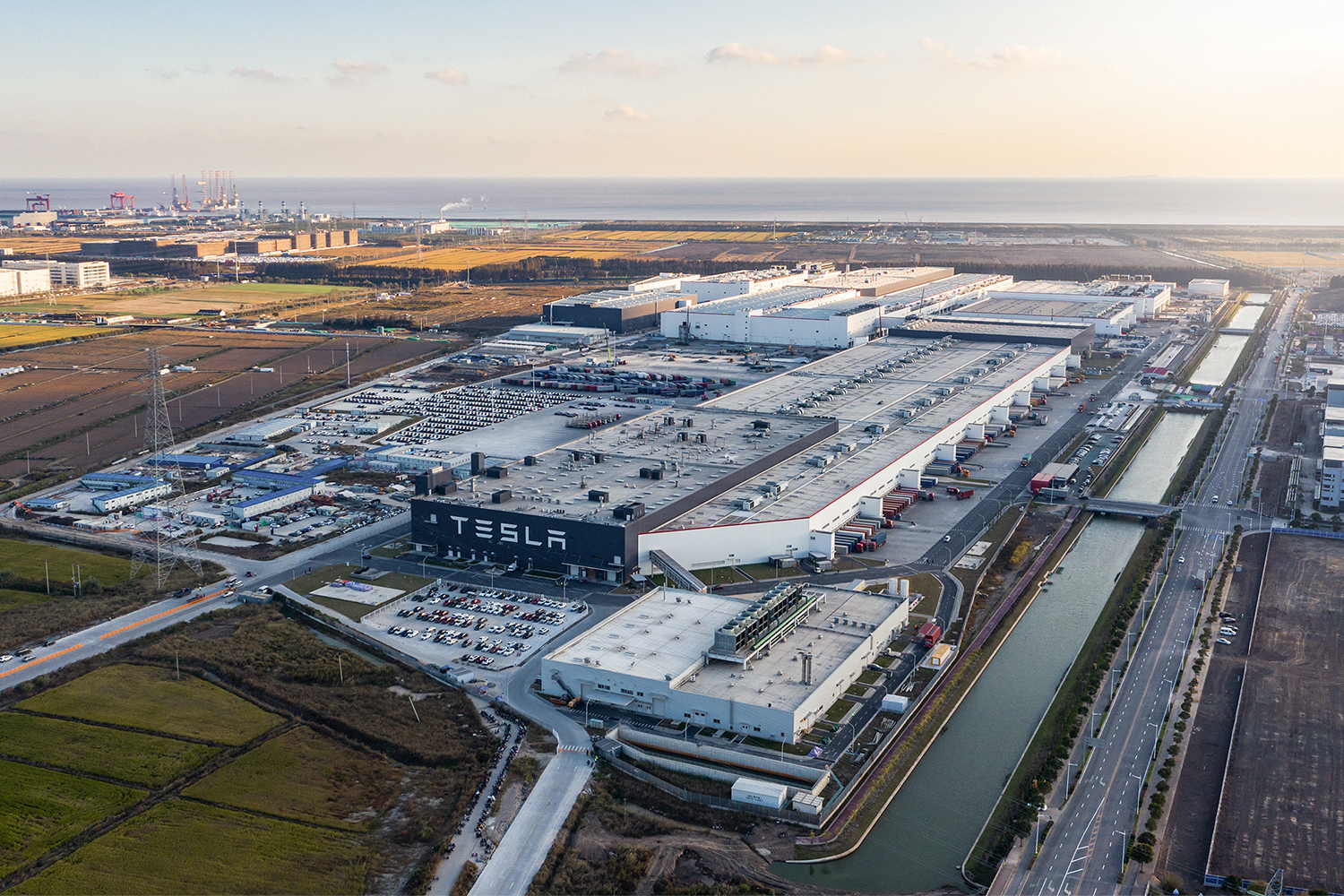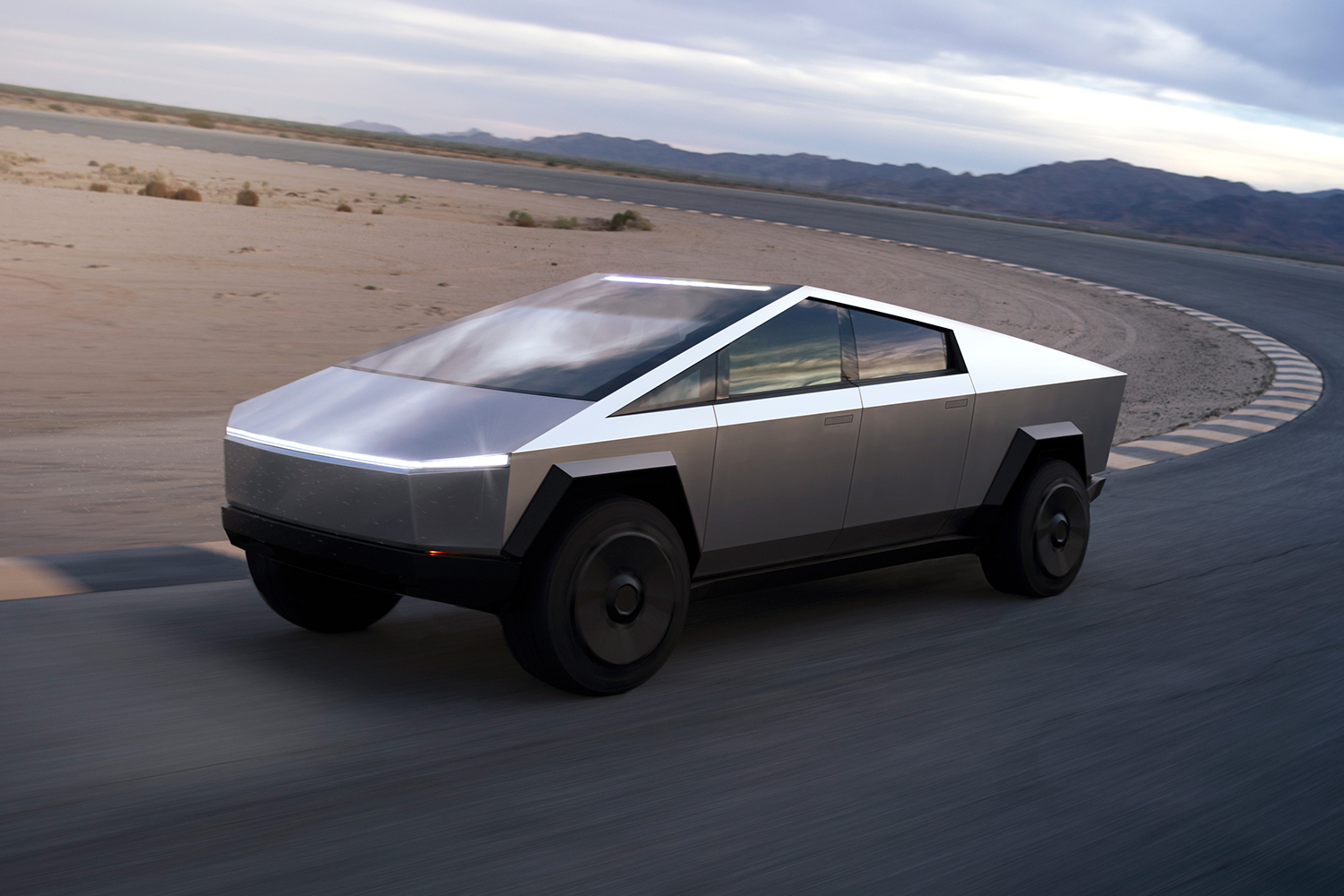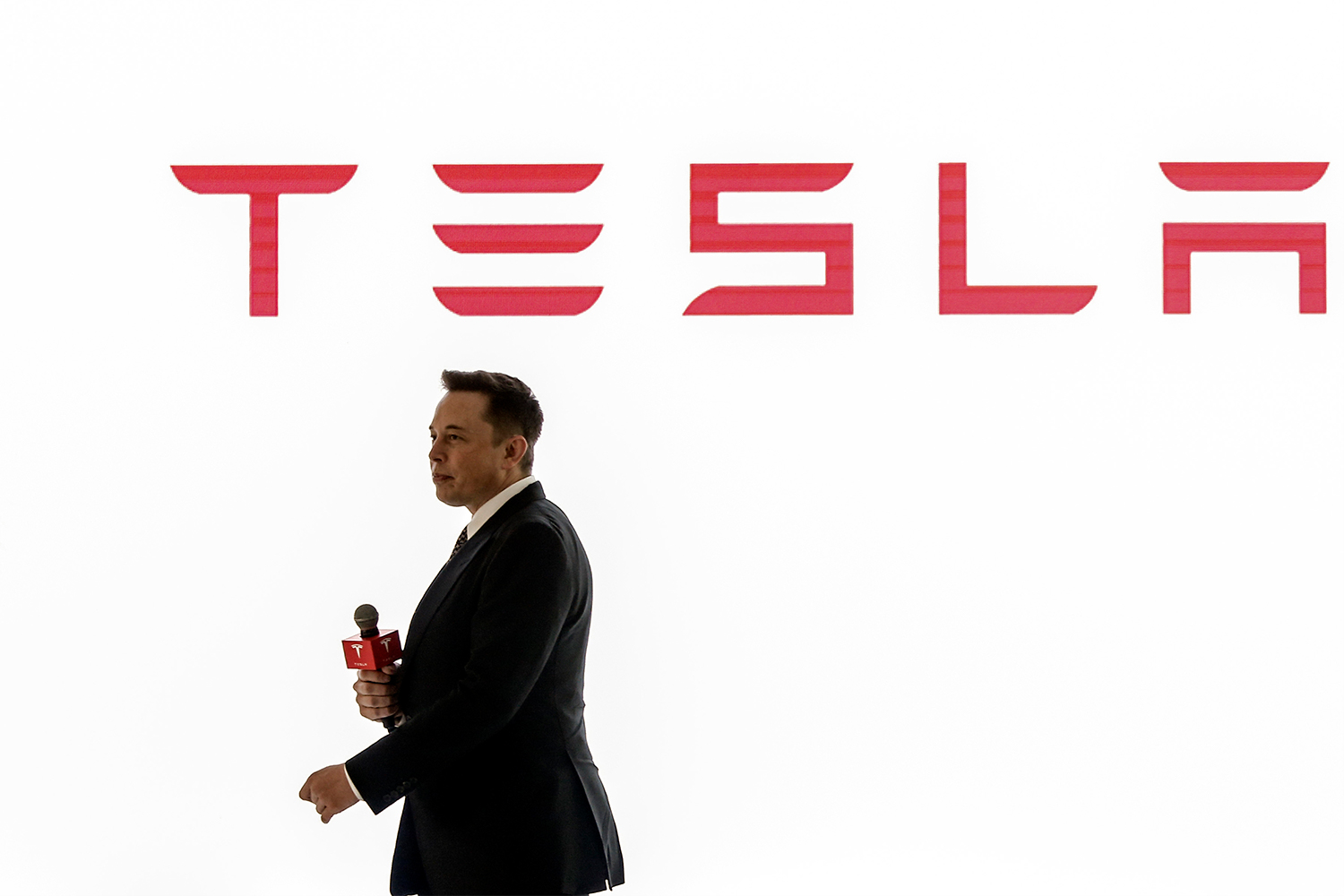On Wednesday afternoon, Tesla held its fourth-quarter earnings call and offered a road map for the year ahead. On Thursday, the market capitalization of Elon Musk’s electric car company lost over $100 billion. So what catastrophe did Musk disclose on that call?
On the contrary, the Tesla CEO had some of the best news about the company, at least from a financial standpoint, in its entire lifetime. The EV maker delivered close to a million vehicles last year, an 87% increase from 2020, despite supply chain issues that walloped other automakers. But more than that, Musk noted, “[Tesla’s] accumulated profitability since the inception of the company became positive, which I think makes us a real company.” Shouldn’t investors be happy that Tesla isn’t simply bleeding money anymore?
Well, there was also some bad news. The billionaire also said that four of Tesla’s in-development electric vehicles — the Cybertruck, Roadster, Semi and an unnamed economy EV that will supposedly sell for $25,000 — will not be released in 2022. Now the stock slump makes sense, even though we did see this coming.
But Musk is betting that this is a temporary hit — volatility the company is certainly used to — as he doesn’t believe new models are the key to Tesla’s future. He has a different goal, one that he said is “nutty good from a financial standpoint.”
“Over time we think full self-driving will become the most important source of profitability for Tesla,” Musk said on the call. He added, “I think we are completely confident at this point that it will be achieved. My personal guess is that we’ll achieve full self-driving this year.”
Full self-driving, as a reminder, is Tesla’s name for its autonomous vehicle capabilities. As it stands, a beta version — a suite of driver-assistance features that do not make the vehicle autonomous, where drivers must keep their hands on the steering wheel and be ready to take over at any time — is currently being used in nearly 60,000 U.S. vehicles, per Reuters. But Musk is saying that he expects Tesla to achieve the holy grail that is a truly autonomous vehicle this year.
As Jason Torchinsky eloquently explains at Jalopnik, Musk has now been making this claim for nine years in a row. So the chance that Tesla actually delivers on this promise this year is extremely low.
From a financial standpoint, does it matter? Is Tesla still in for a “nutty good” year even if full self-driving remains elusive? To the first question, probably not. To the second, probably so.
That’s because Tesla’s absurd valuation has never been solely tied to the electric cars it makes. It’s been tied to the possibilities the tech company (not the car company) promises. That’s why its market cap is $832 billion while Ford’s is $78 billion even though the latter sold twice as many new cars in the U.S. as Tesla sold globally. Investors need to believe that Tesla can achieve the unachievable (a car that drives itself), otherwise it’s just another automaker churning out new models every year.
And so, when faced with the decision to focus on putting out an affordable EV and an electric truck that can battle it out with Rivian and Ford, or focus on a robocar, Musk chose the path that has yet to be traveled.
Thanks for reading InsideHook. Sign up for our daily newsletter and be in the know.


















